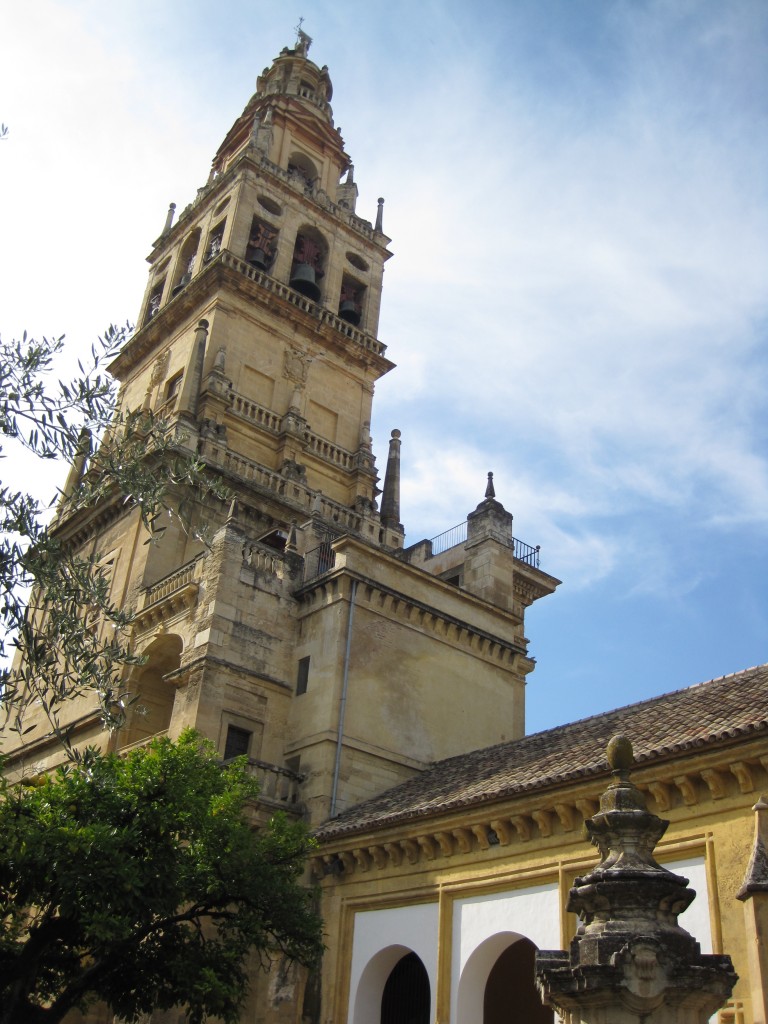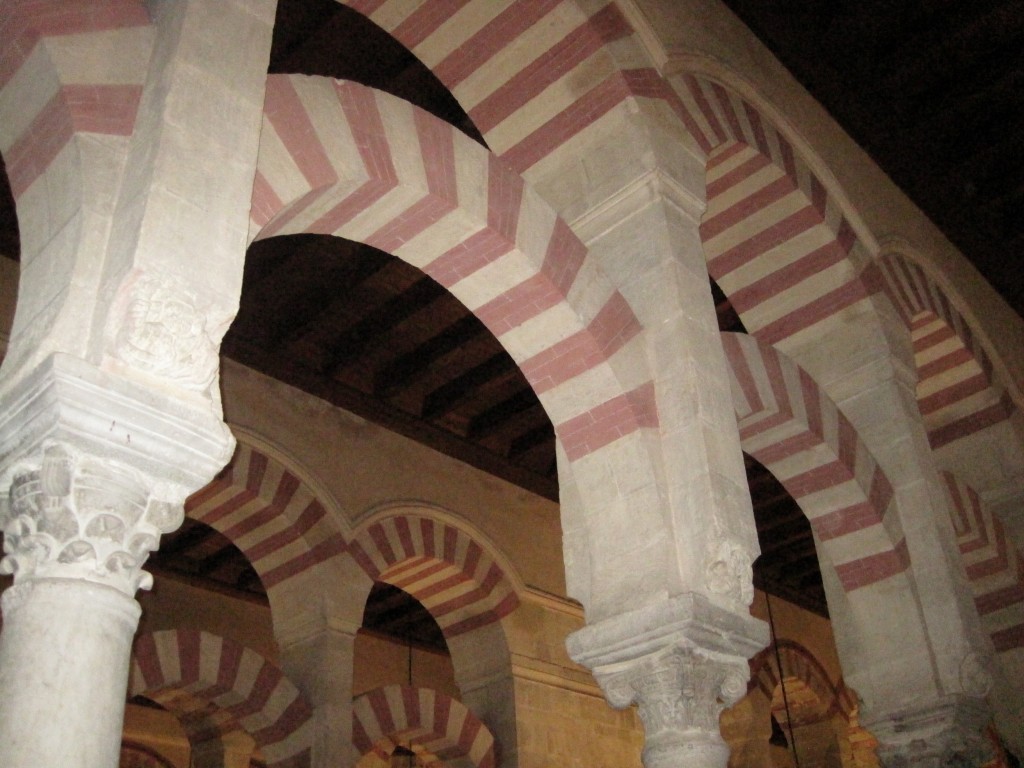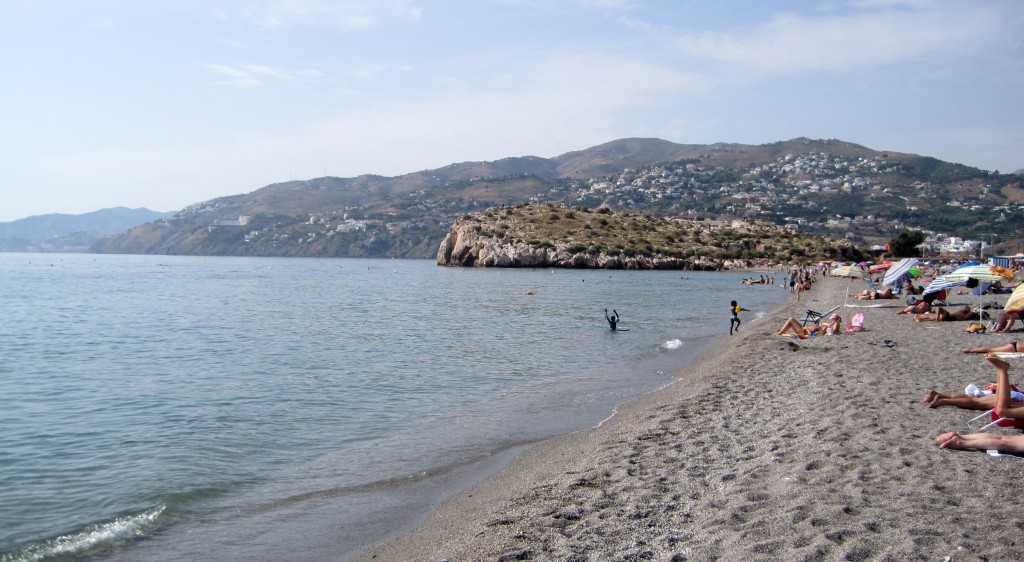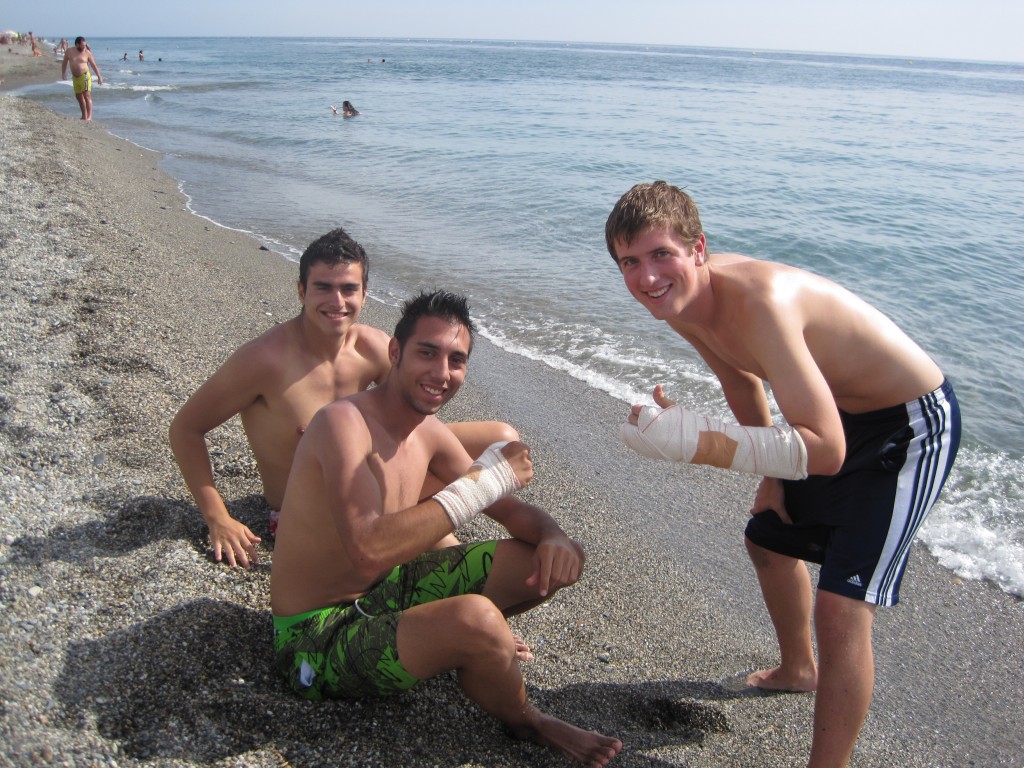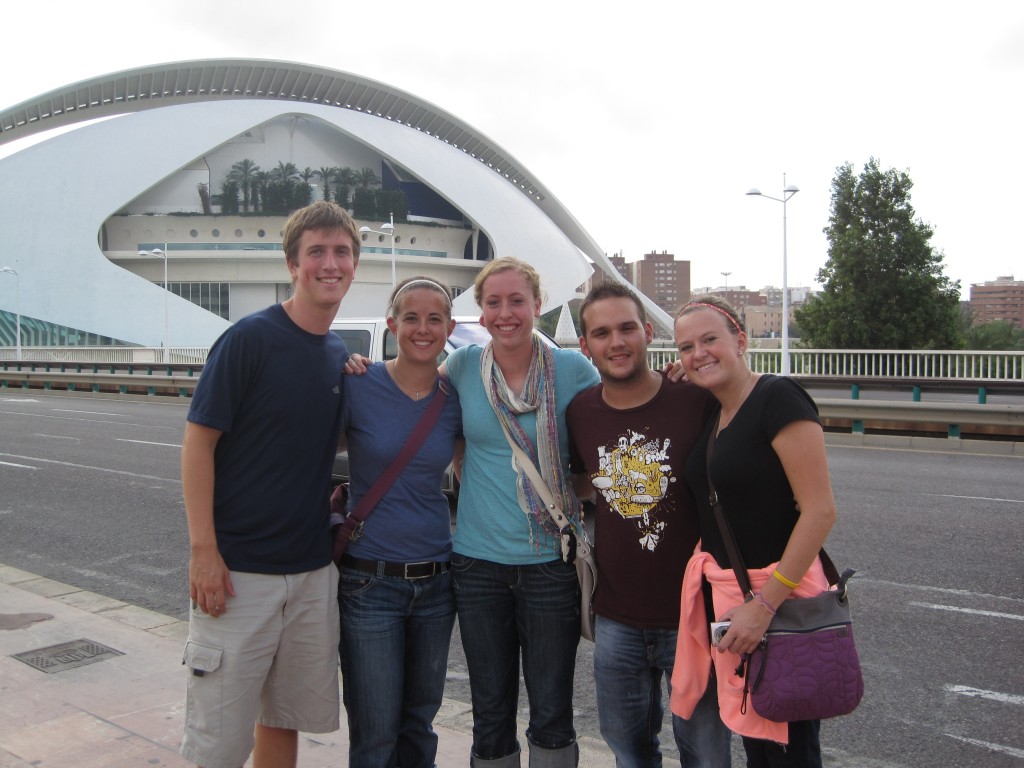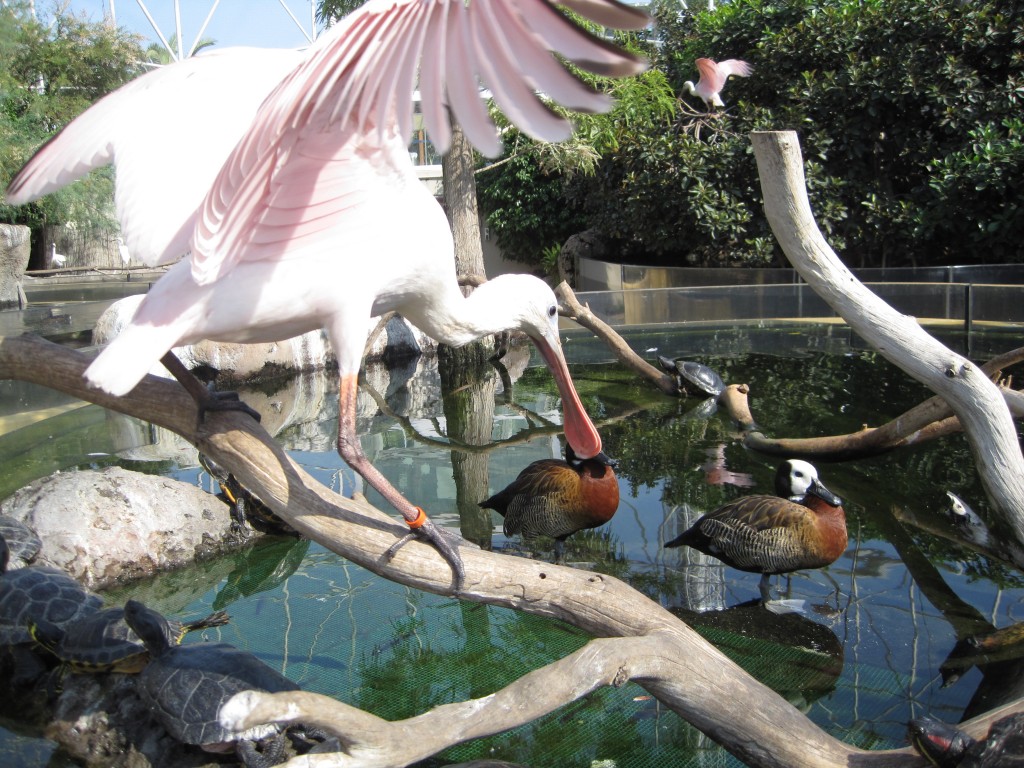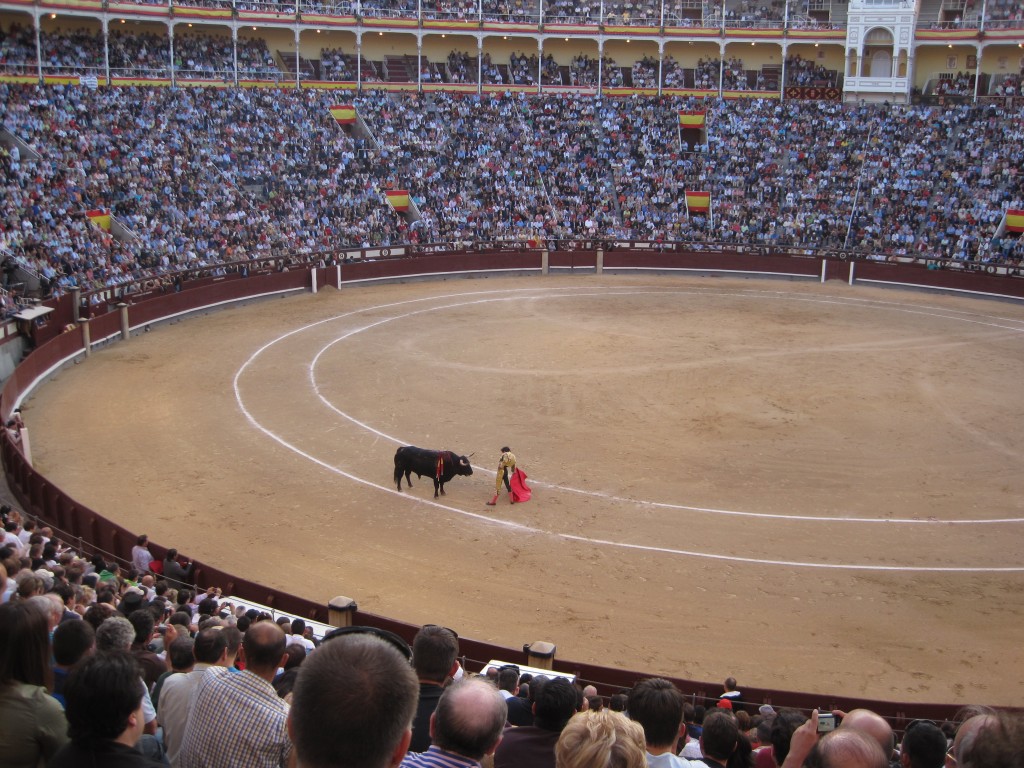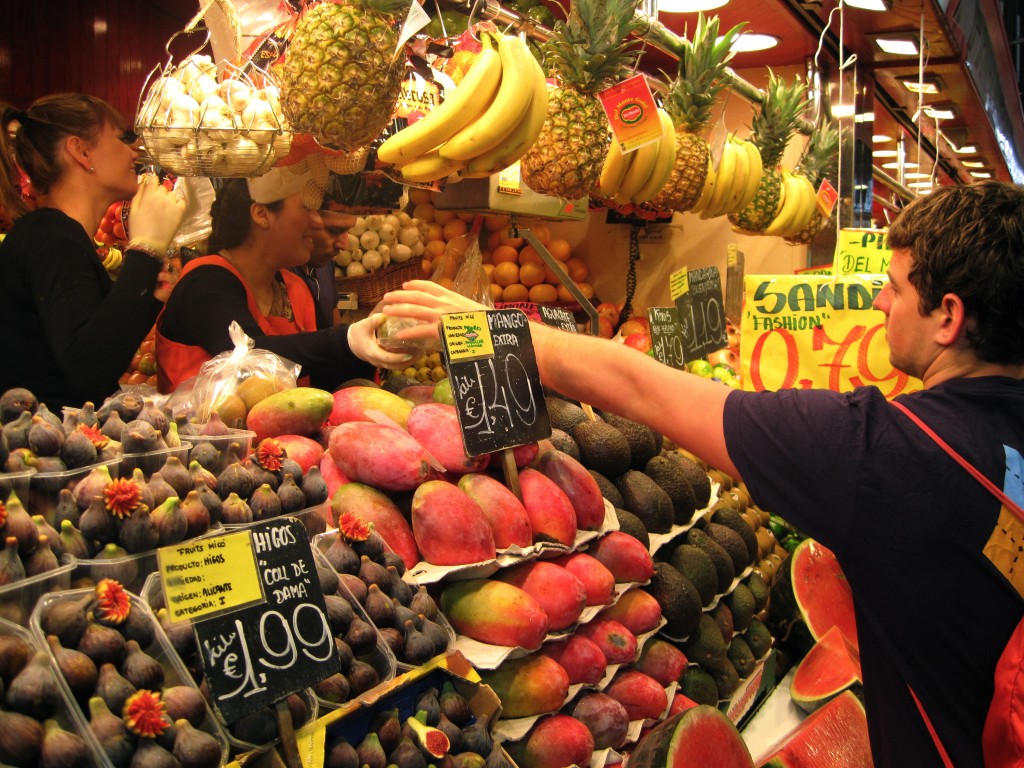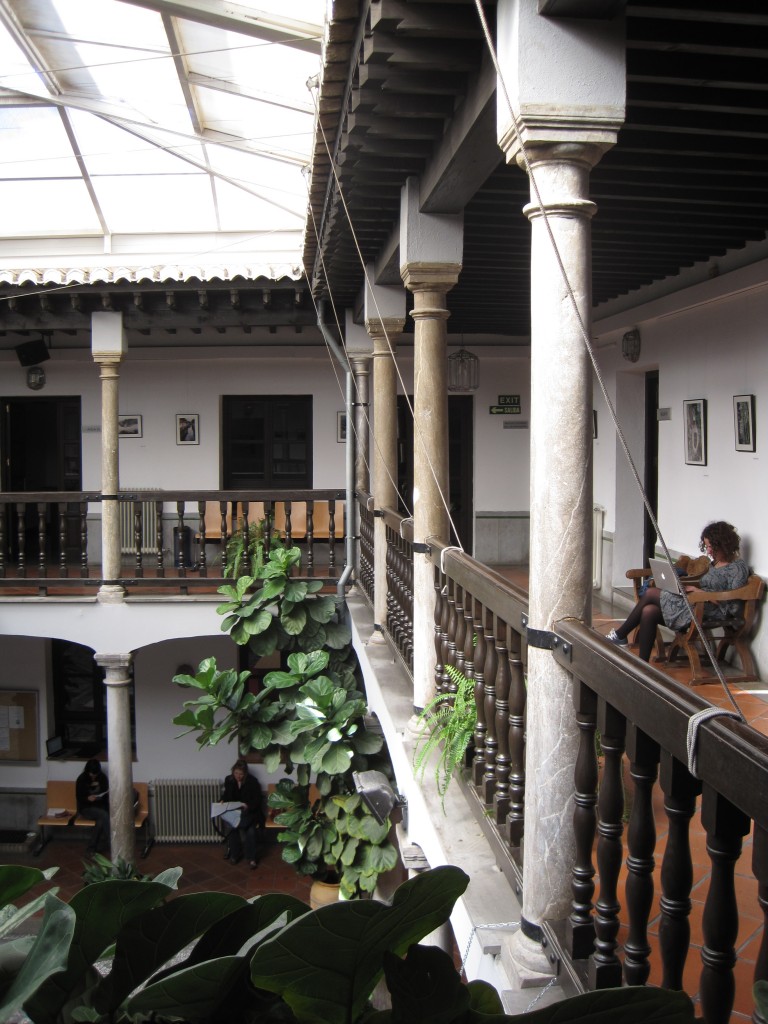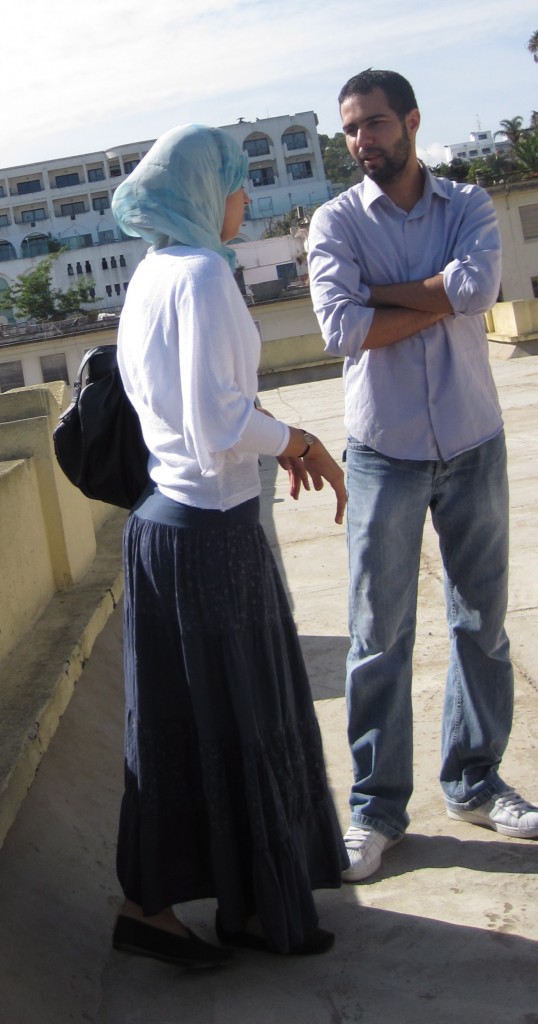Well, after some difficulty getting a connecting flight from Heathrow this weekend (see news article), I have made it home safely! I was extremely lucky to make it back yesterday, many folks are still stuck in London. My bag is somewhere out there in the world, but I was assured last night that there is a very high likelihood I will have it by Christmas. Just another one of the many adventures I have had on this trip. While in line I could help but snap this ironic photo.
flight from Heathrow this weekend (see news article), I have made it home safely! I was extremely lucky to make it back yesterday, many folks are still stuck in London. My bag is somewhere out there in the world, but I was assured last night that there is a very high likelihood I will have it by Christmas. Just another one of the many adventures I have had on this trip. While in line I could help but snap this ironic photo.
My journey begin with Juan, a professor at the University of Granada, dropping me off at Granada’s bus station after kindly offering to do so earlier in the week. Our meeting was a strange occurrence, it’s a random story but I’ll plunge along nevertheless.
Back in October I started chatting with Jose, a man that lives on a street I passed on my way to school. I wanted to see why Jose chose to live on the street since the Spanish Government provides dormitory housing to anyone in need. Really though, I wanted to get to know the guy and hopefully see him move to a better future.
One evening when I was talking to Jose, a man approached me and asked where I was from in Spanish. As soon as I said Massachusetts he lit up and switched to an impressive English and said, “Oh I got my post doc at UMass Amherst and now I teach Civil Engineering here.” I was a pretty shocked.
We talked a bit more and Juan explained that he approached me because he also knew Jose. He had just come out of Mass, which was when I then discovered that Jose’s spot on the street was right next to a small church. I decided that my meeting Juan wasn’t a coincidence so I asked him if he wanted to have coffee sometime and took down his email.
Over the weeks I met Juan several times at his office. We went to lunch at the University dining hall and to a few different tapas bars. I gained a better insight into the Spanish education system and had great, personal conversation in Spanish and English along the way. On my last week we met and had a great talk. His being Catholic and my not being so (although being Christian) provided us with great topics. It never got heated but we definitely weren’t afraid to state beliefs. It reminded me of all the quality conversations I have back at Valpo, whether on similar subjects or a host of others.
Toward the end of the evening Juan asked how I was leaving and then offered to drive me to the bus station. I was thrilled to avoid paying a for a taxi and to have someone to see me off, and later said “Juan, you’re treating me like a father, thank you!” We laughed and he said, “well, you have a father, so I can be like an uncle.”
There you have it, now I have a Spanish Uncle who I will stay in contact with and look forward to seeing again when I, God willing, return to Spain with my family one day. Now that’s a dream and a blog for another time!
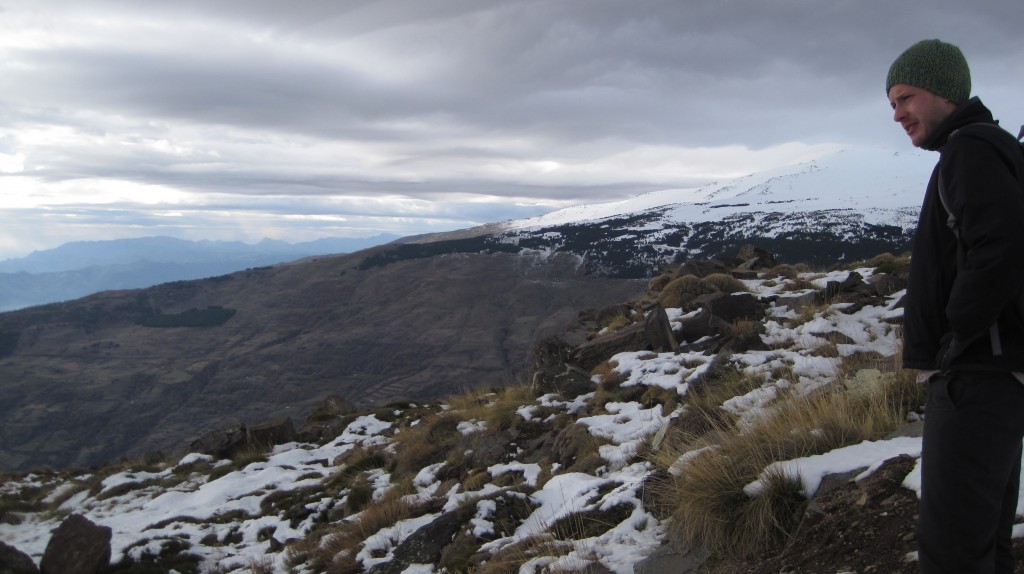
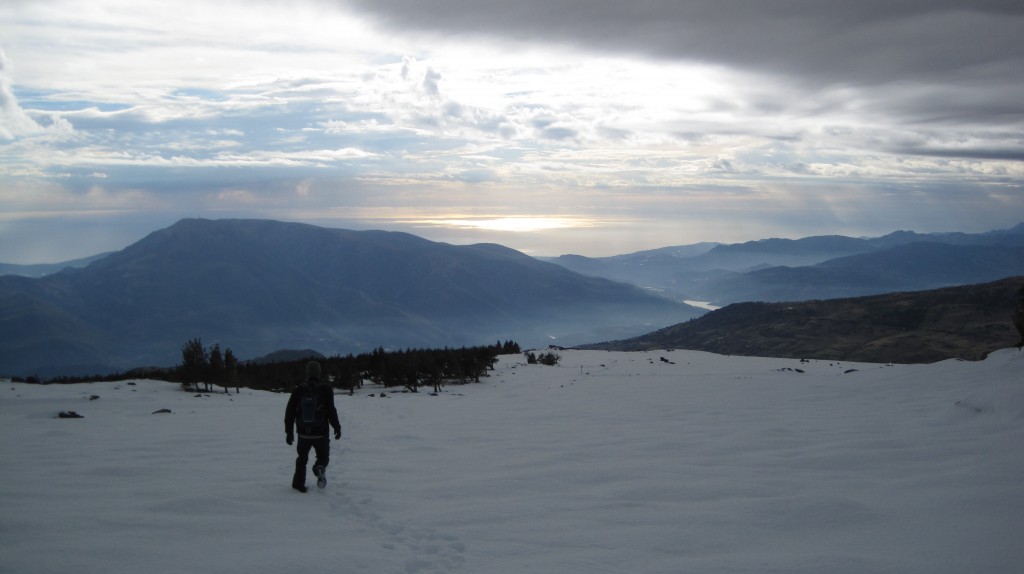
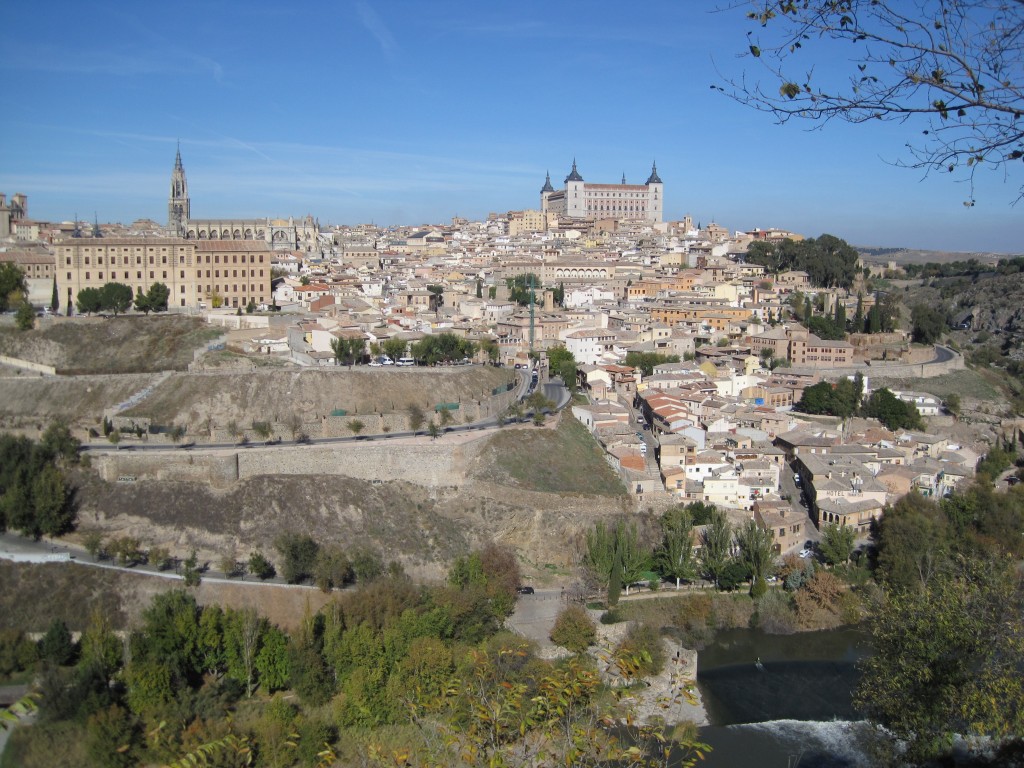
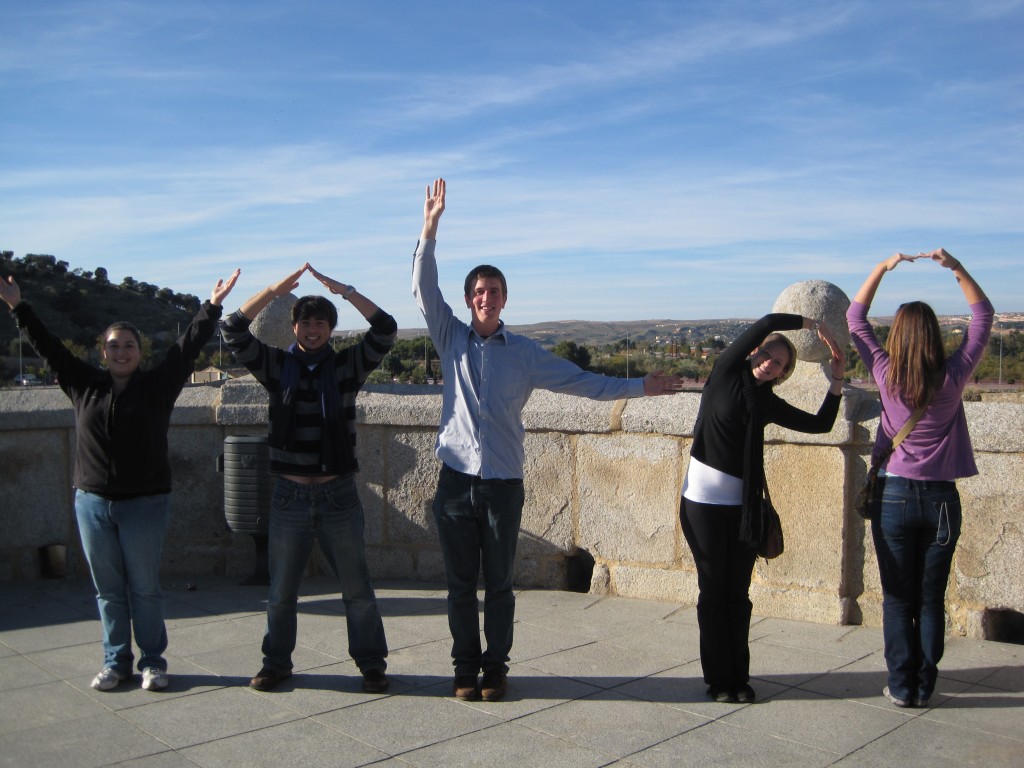
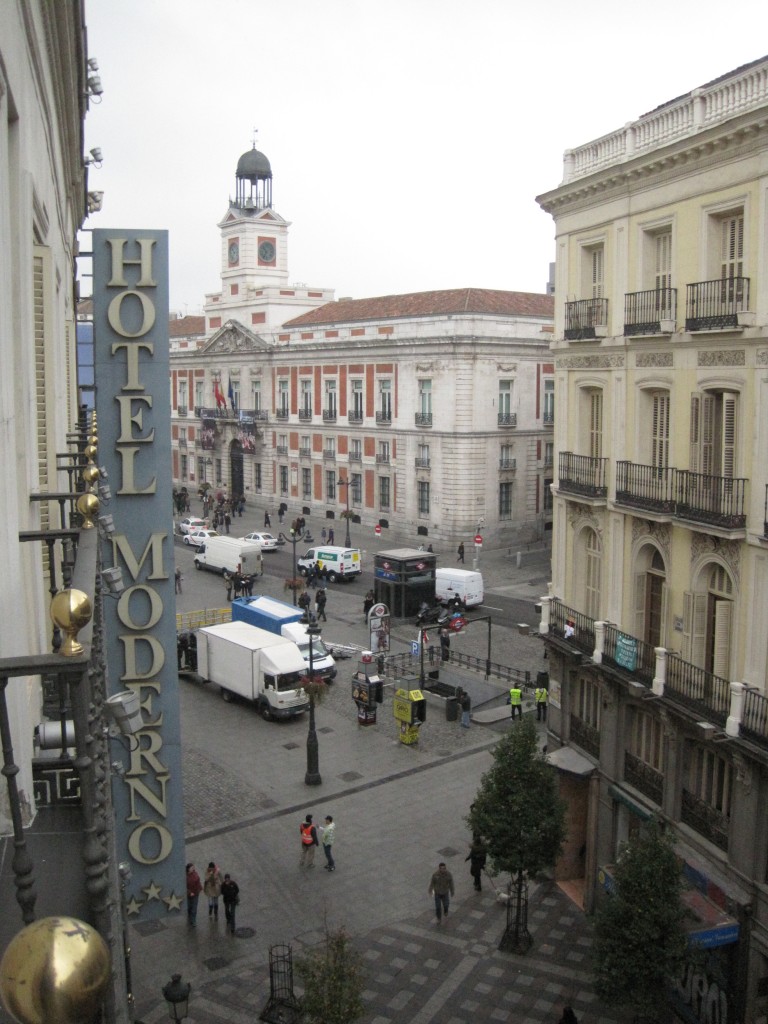
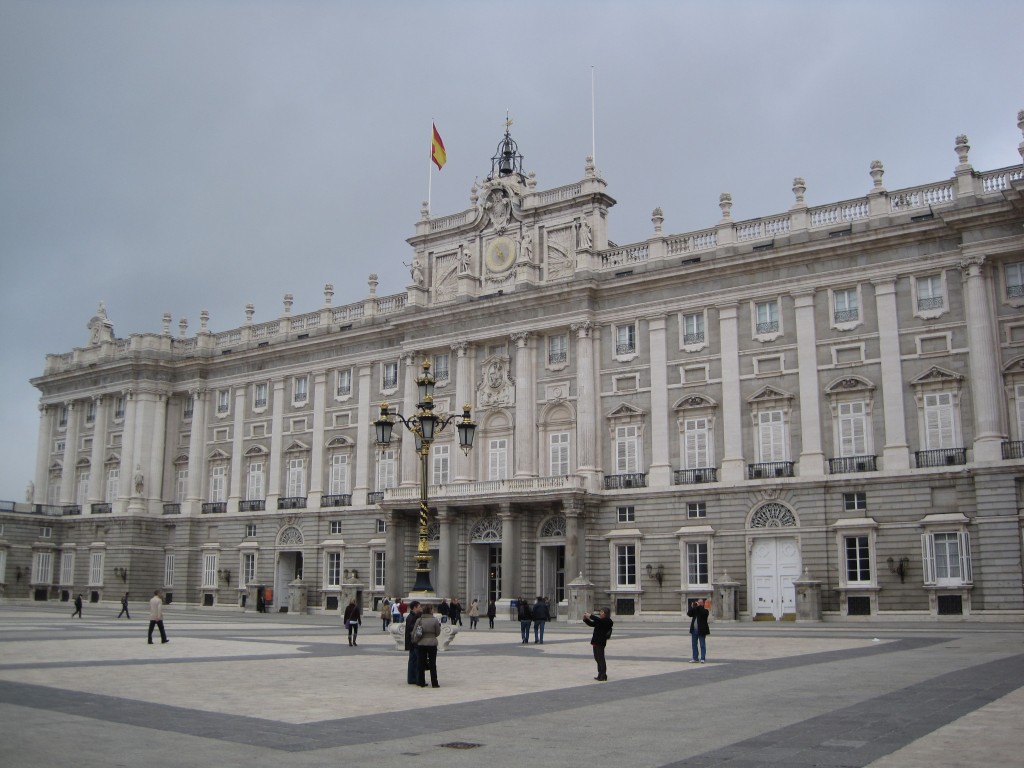

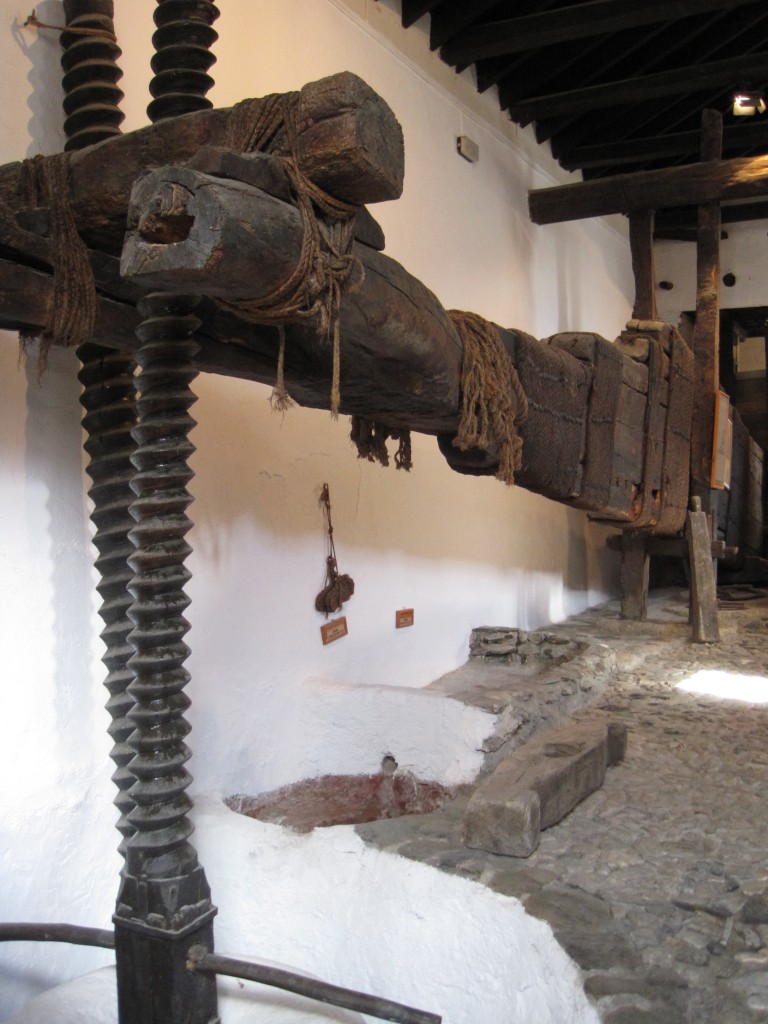
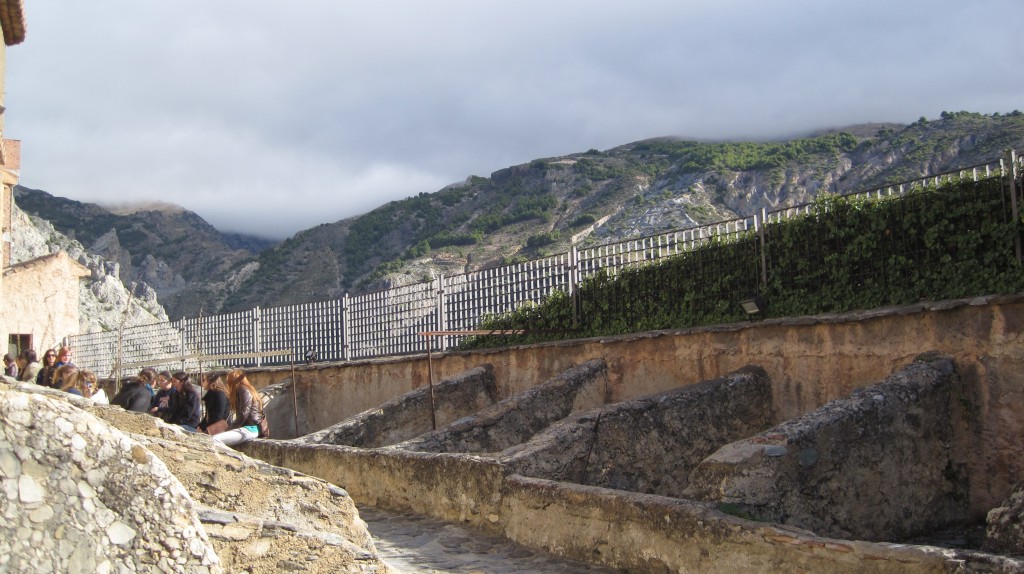
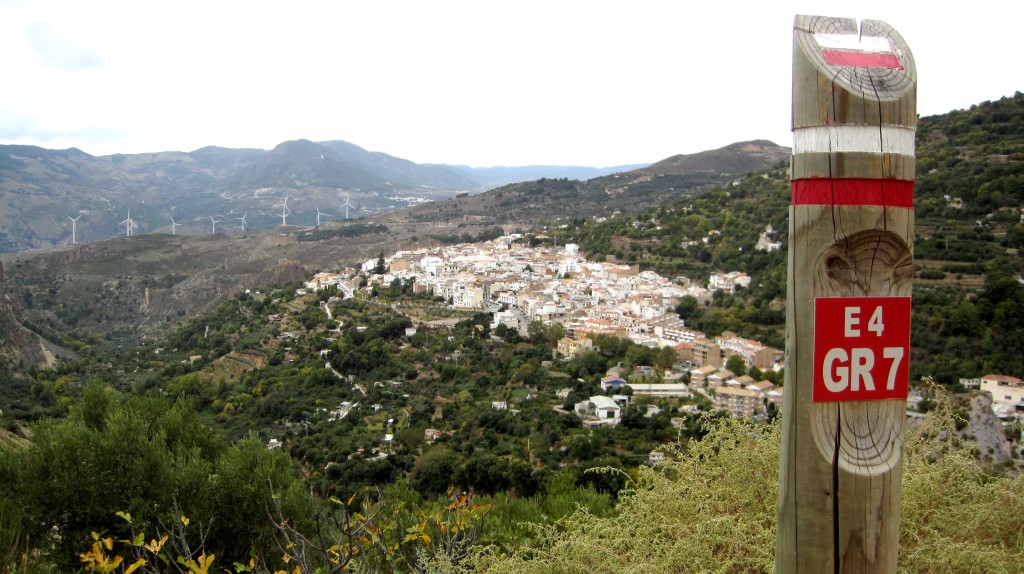
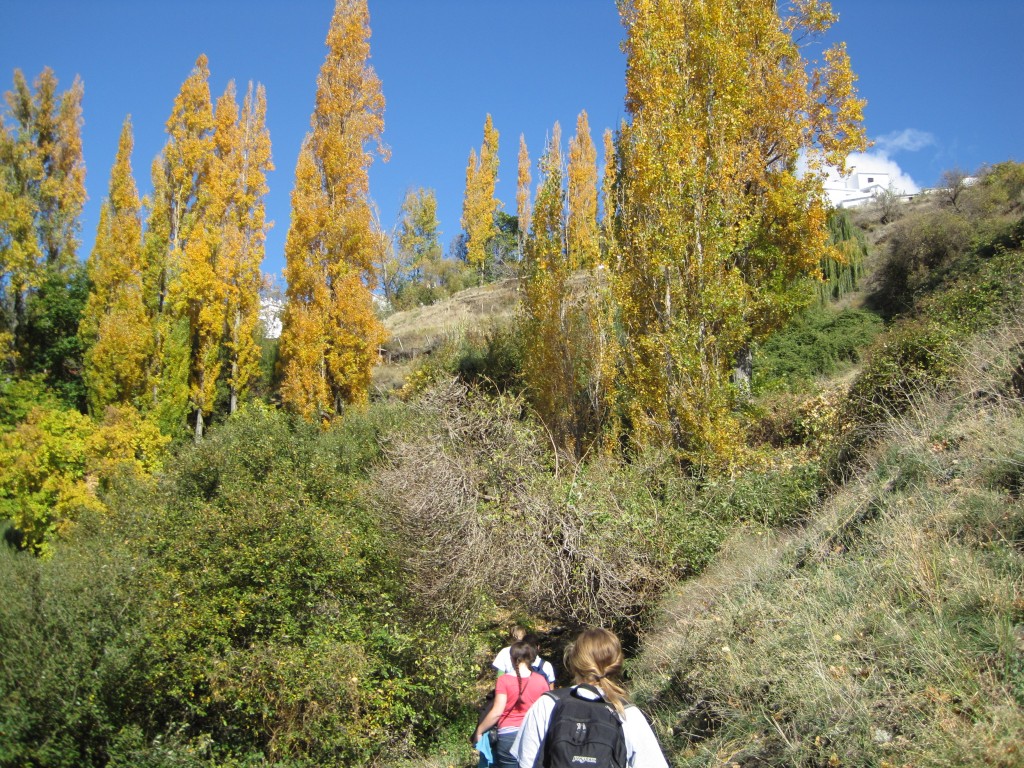
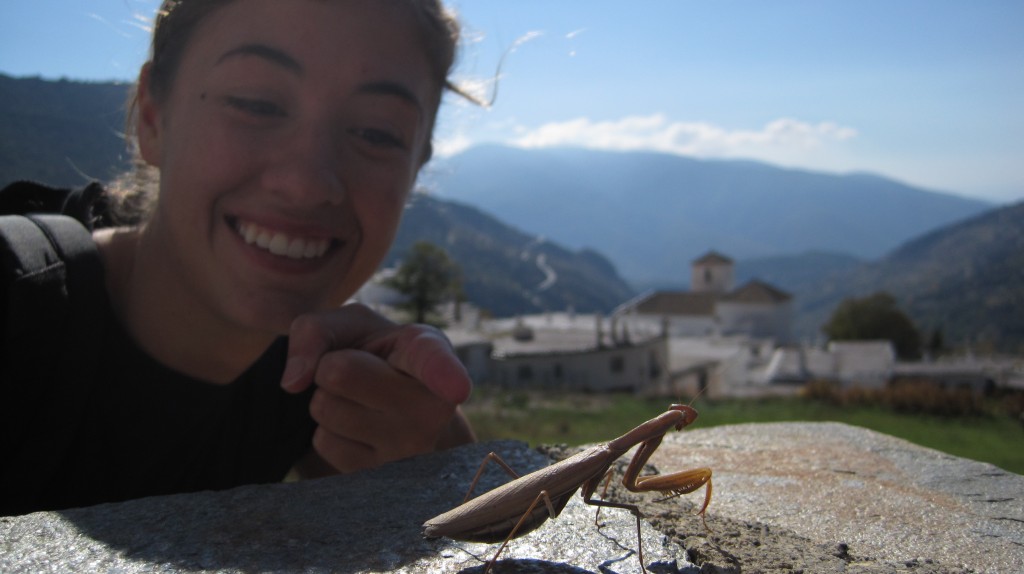
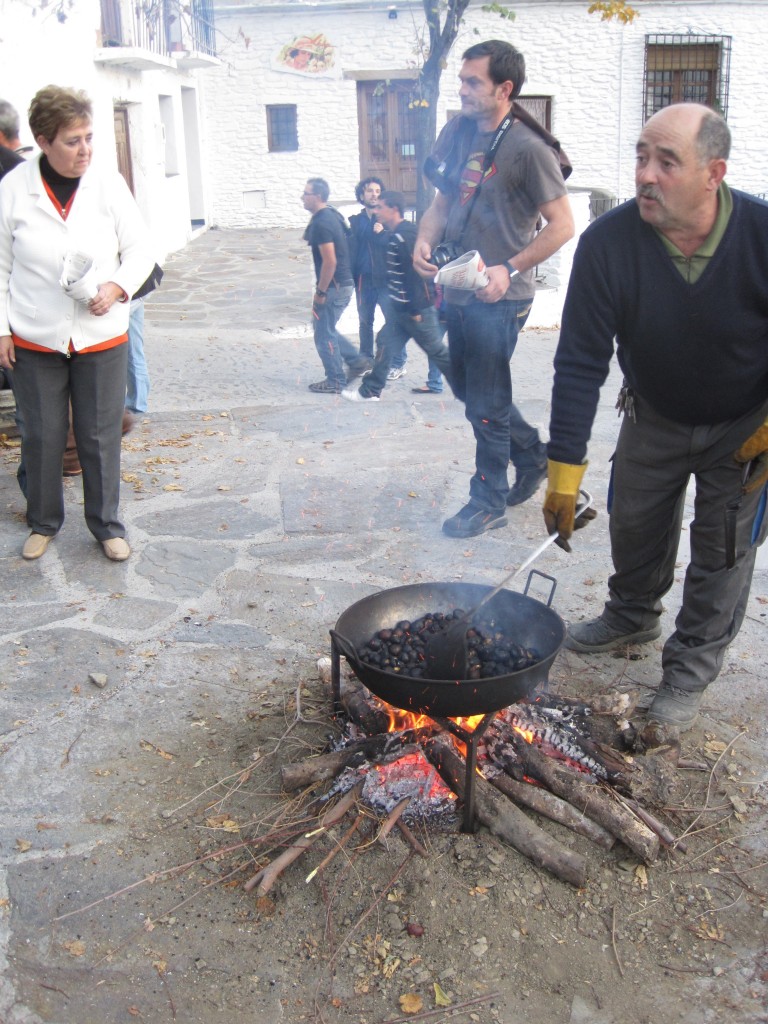
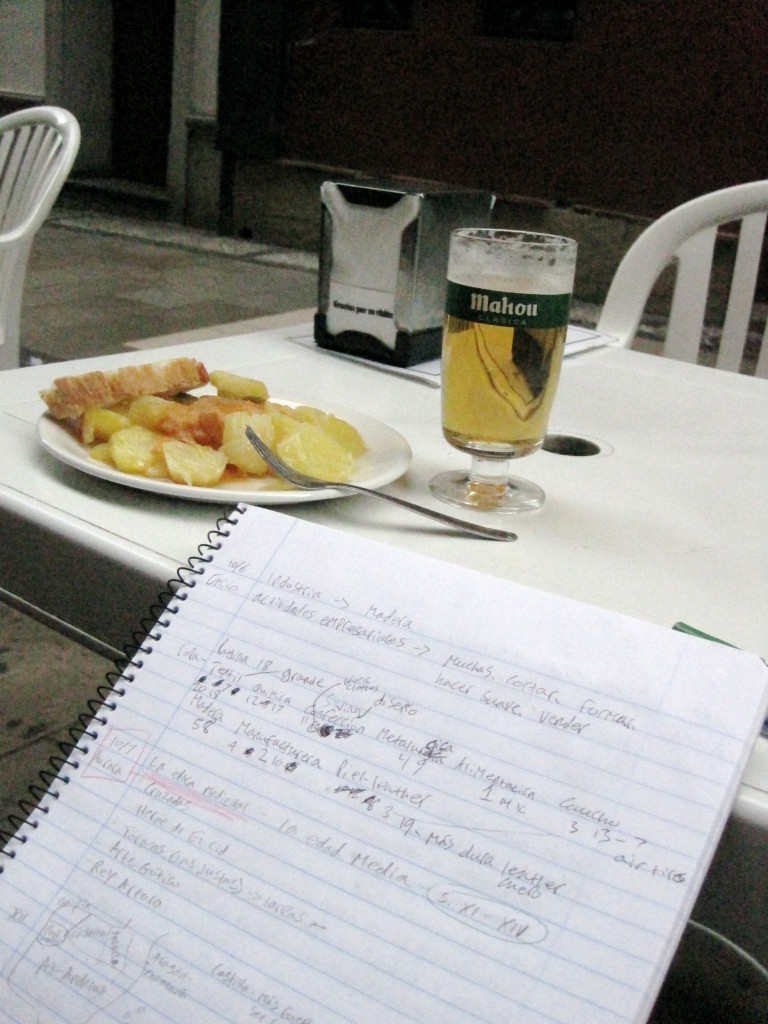 and then, depending on the bar, you get anything from a small serving of Jamón Serrano to whole plate full of Mariscos (seafood, usually clams and the like). Not being a red meat eater and being a little skiddish of clams (although fish are amazing here) I have been a big fan of Patatas a Lo Pobre, which I heartily enjoyed at Bar La Abadía. Athough the bartender was in need of a shower, he was nice enough and left me in peace as I sat outside and reviewed for midterms. What’s great (although sometimes problematic) about Spain is that no one cares how long you stay at their bar or cafe. They won’t even pester you by asking if you want another drink. The problem side is payment, sometimes you have to pretend like you’re leaving in order to get a check. Of course, that can also be quite funny. I really enjoy the relaxed manner of tapas though, sitting uninterrupted for one hour to study over good food and a beer for only 1.70 euro was just what I needed.
and then, depending on the bar, you get anything from a small serving of Jamón Serrano to whole plate full of Mariscos (seafood, usually clams and the like). Not being a red meat eater and being a little skiddish of clams (although fish are amazing here) I have been a big fan of Patatas a Lo Pobre, which I heartily enjoyed at Bar La Abadía. Athough the bartender was in need of a shower, he was nice enough and left me in peace as I sat outside and reviewed for midterms. What’s great (although sometimes problematic) about Spain is that no one cares how long you stay at their bar or cafe. They won’t even pester you by asking if you want another drink. The problem side is payment, sometimes you have to pretend like you’re leaving in order to get a check. Of course, that can also be quite funny. I really enjoy the relaxed manner of tapas though, sitting uninterrupted for one hour to study over good food and a beer for only 1.70 euro was just what I needed.

